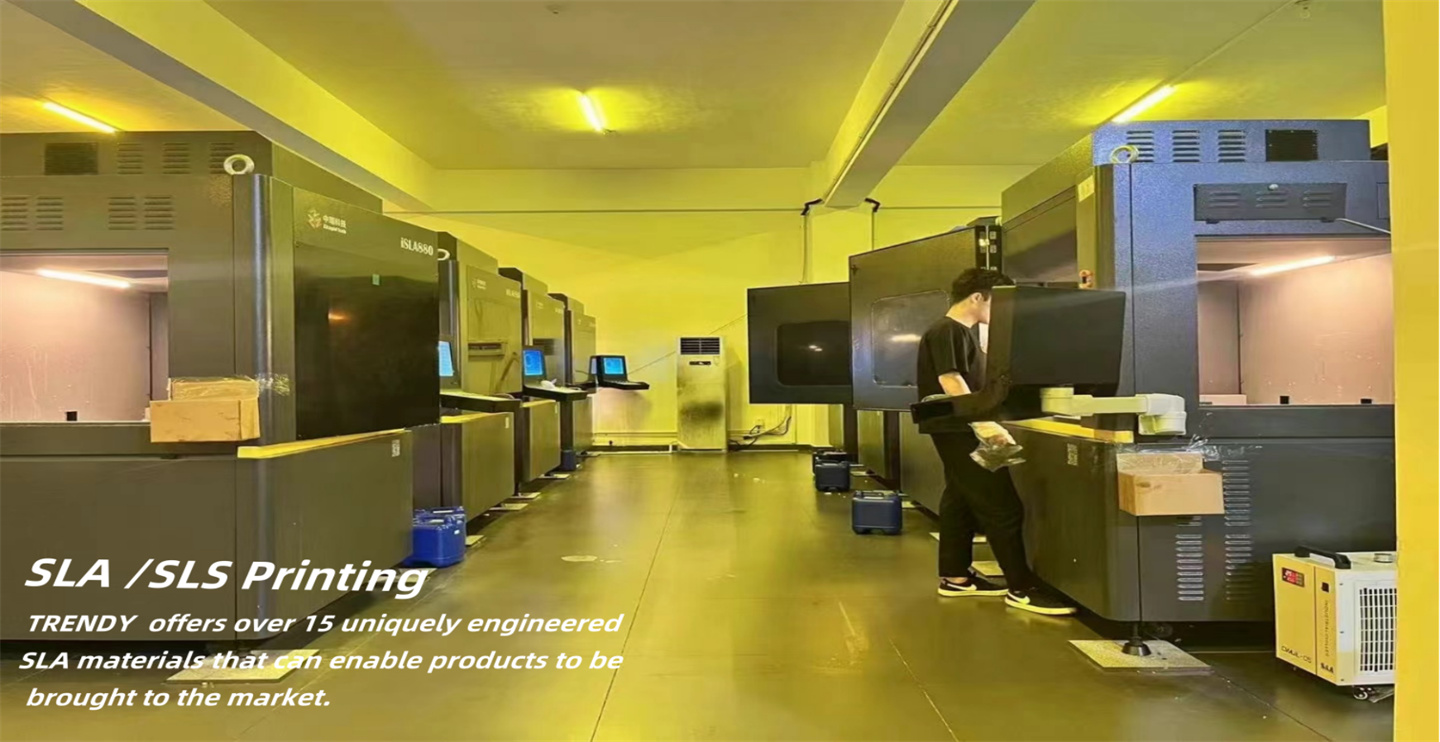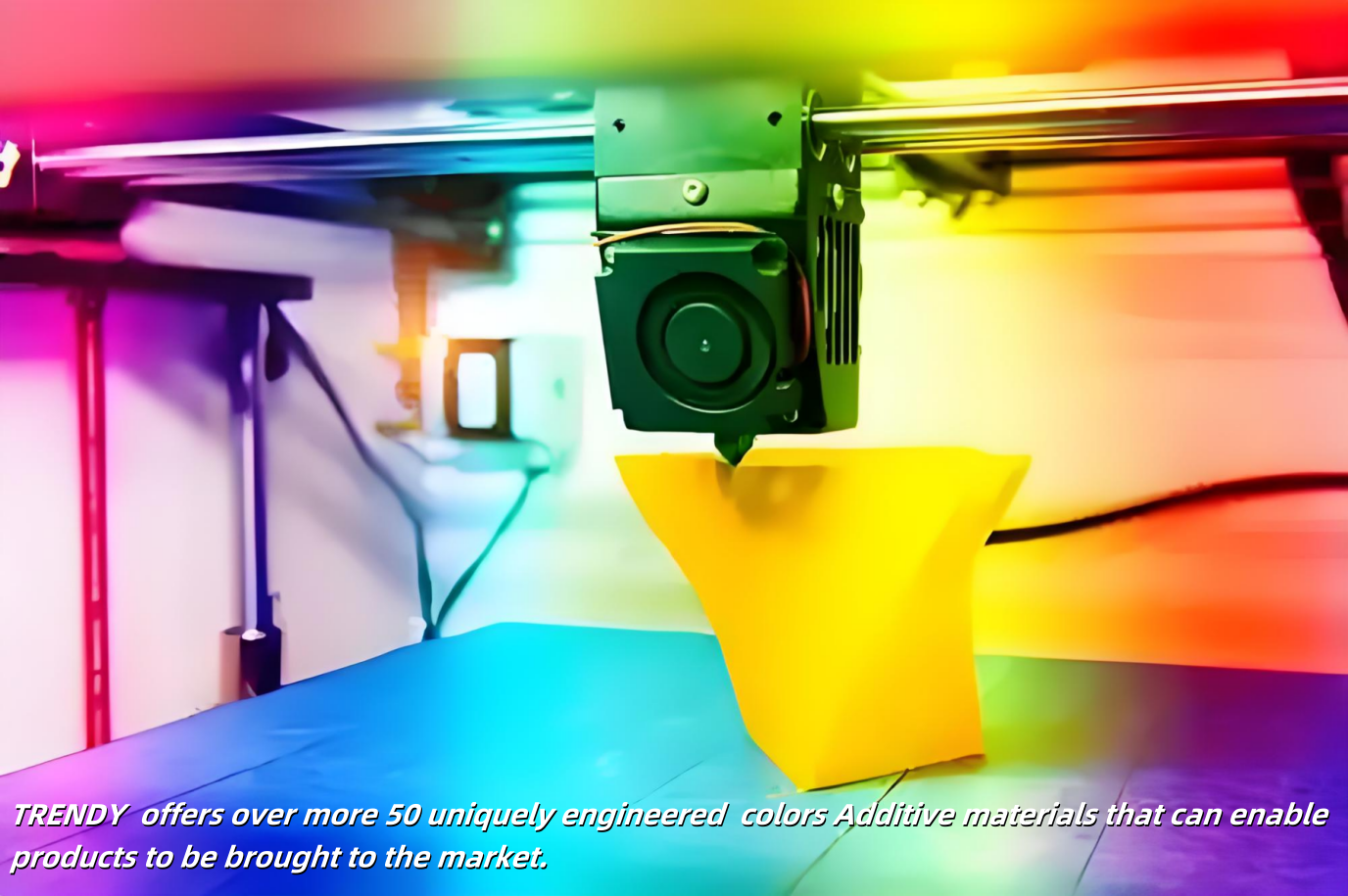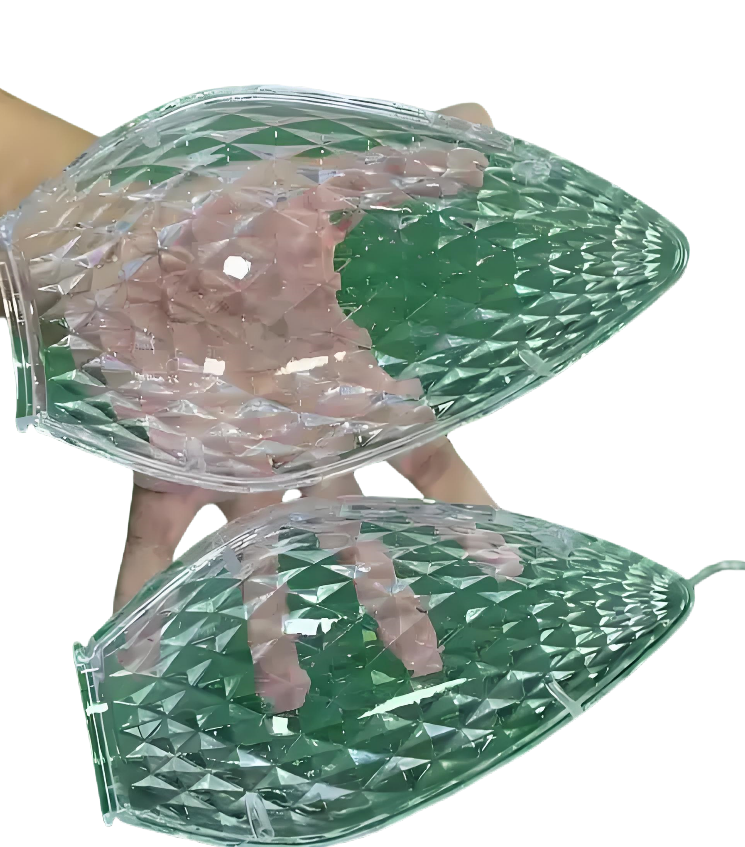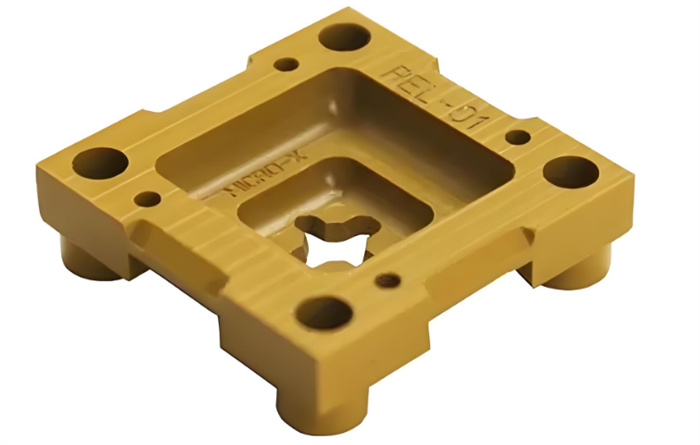 +86-13077884120
+86-13077884120 +86-13266789839
+86-13266789839
 MFG@trendy-sz.com.cn
MFG@trendy-sz.com.cn 86+13077884120
86+13077884120 gxm1235201
gxm1235201 1796474535
1796474535
3D Printing Vs CNC Machining: Which Is Right For Your Prototype And Production?
Date:Nov 22,2024
Subtractive & Additive Manufacturing
3D printing is also known as additive manufacturing, which builds parts through layers of materials. It has many advantages over traditional manufacturing processes however it has its problems.
Materials & Availability
The 3D printing process involves parts being created layer by layer using materials such as liquid photopolymer resins (SLA), drops of photopolymer (PolyJet), plastic or metal powders (SLS/DMLS), and plastic filaments (FDM). So it produces less waste compared with CNC process.
CNC machining is to cut from a whole piece of material, so the utilization rate of the material is relatively low. The advantage is that almost all materials can be CNC machined, including production-grade engineering plastics and various metal materials. This means that cnc machining may be the most viable technique for prototypes and end-use mass-produced parts that require high functionality and special performance.
Accuracy, Surface Quality & Geometric Complexity
3D printing can create parts with highly complex geometries even hollow shapes that cannot be done by CNC machining, such as jewelry, crafts, etc. CNC machining offers greater dimensional accuracy (±0.005mm) and much better surface finishes (Ra 0.1μm). The advanced 5-axis CNC milling machines can perform high-precision machining of more complex parts that will help you meet your most difficult manufacturing challenges.
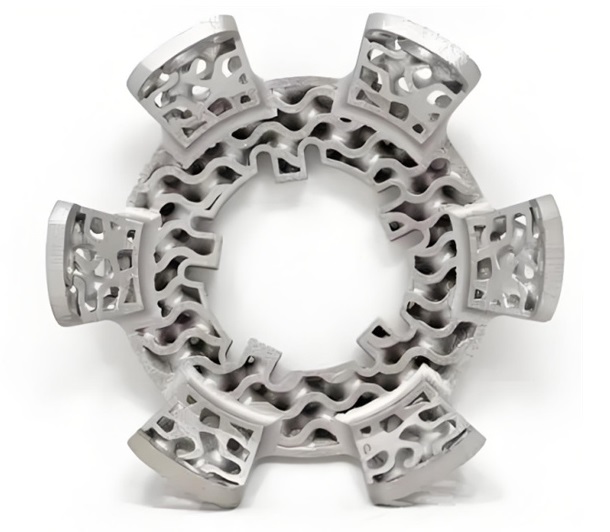

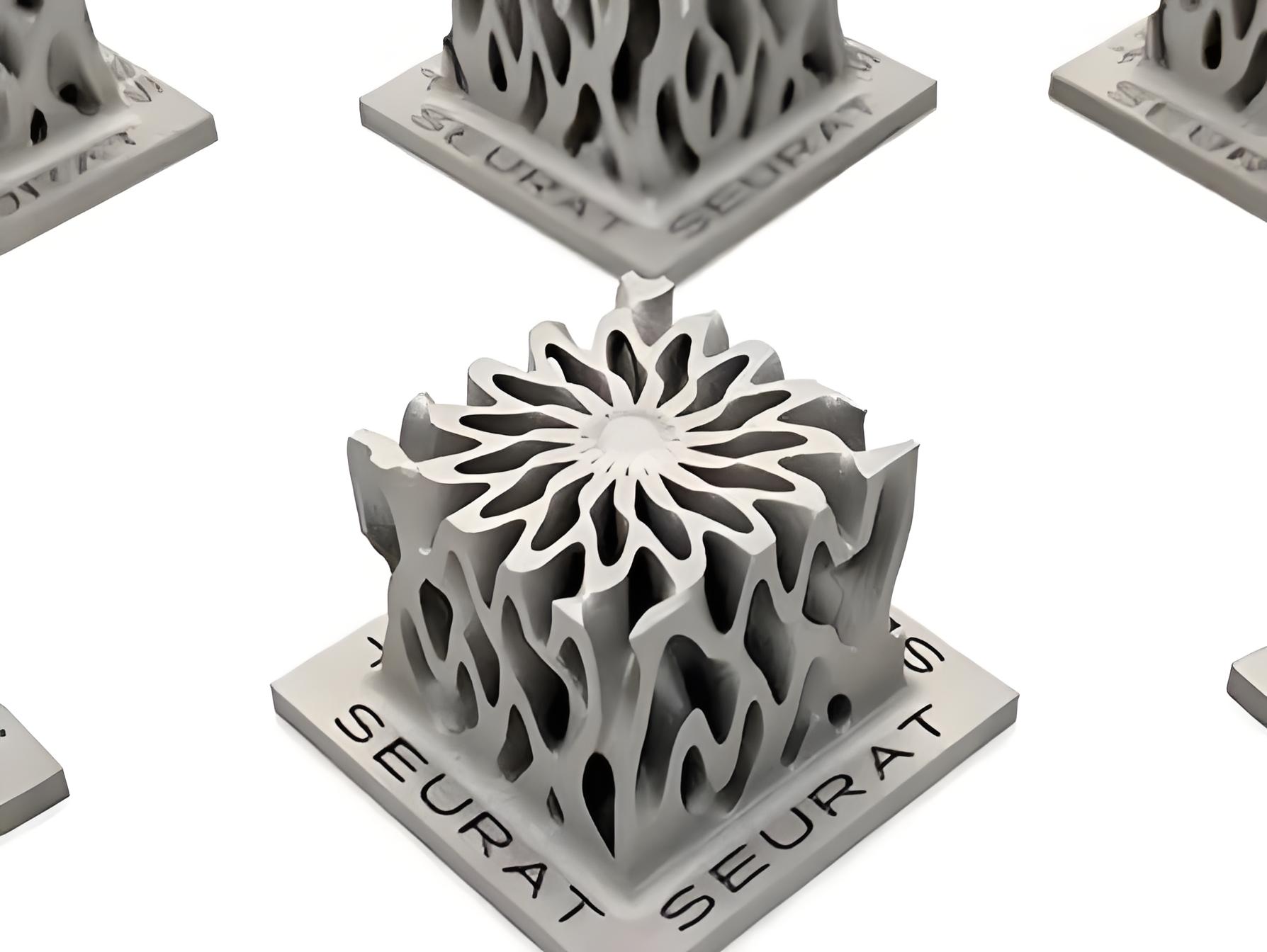
Cost, Quantity & Delivery Time
3D printing typically produces low quantities of parts without tooling, and without human intervention, so that fast turnaround and low cost are possible. The manufacturing cost of 3D printing is priced based on the number of materials, which means that the larger parts or more quantities cost more. The process of CNC machining is complex, it requires specially trained engineers to pre-program the processing parameters and processing path of parts, and then machining according to the programs. Manufacturing costs are therefore quoted taking the extra labor into account. However, CNC machines can continuously run without human supervision, making them perfect for larger volumes.
